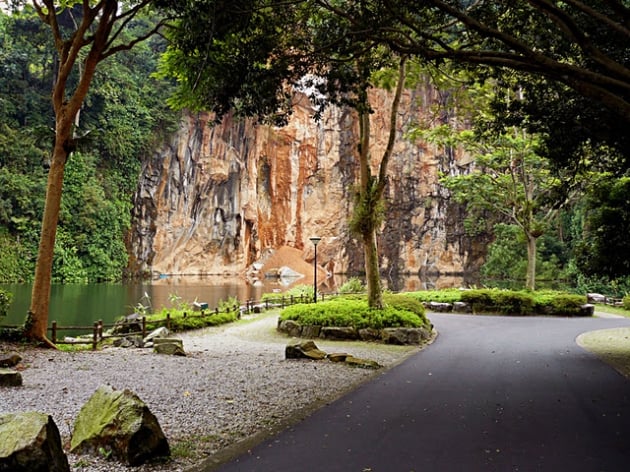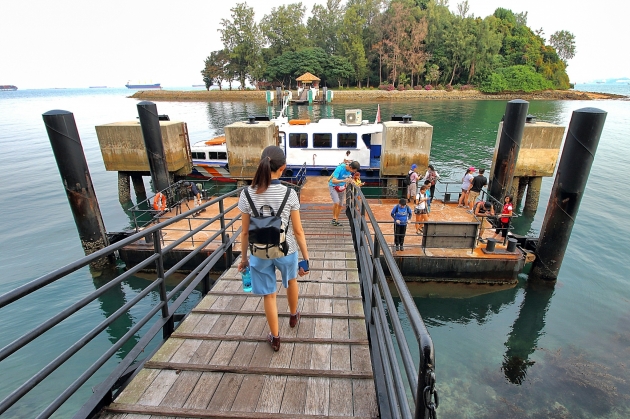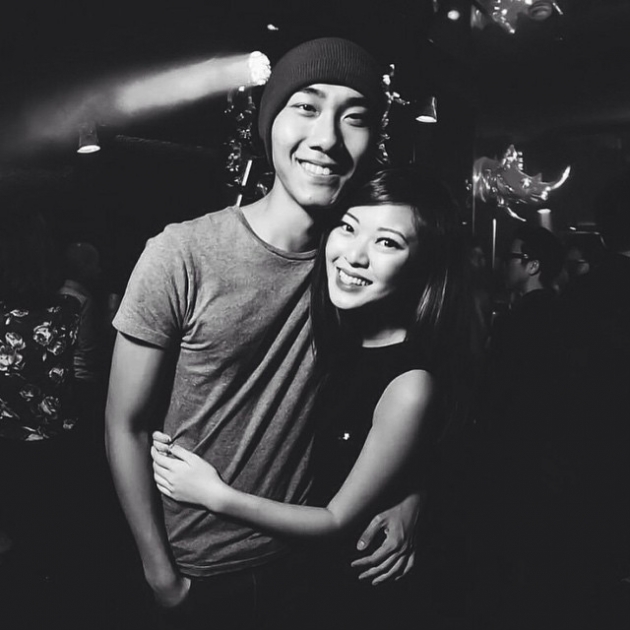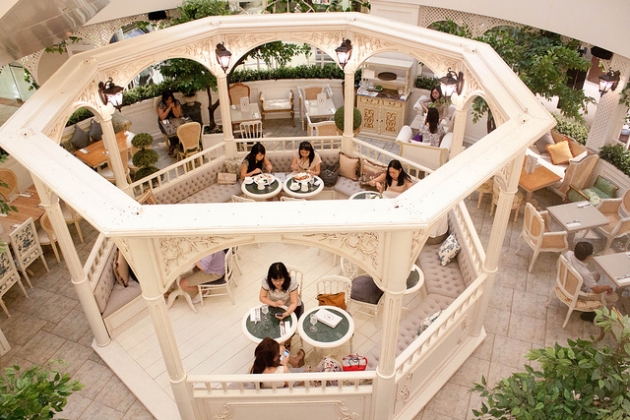Singapore Streets – Living History
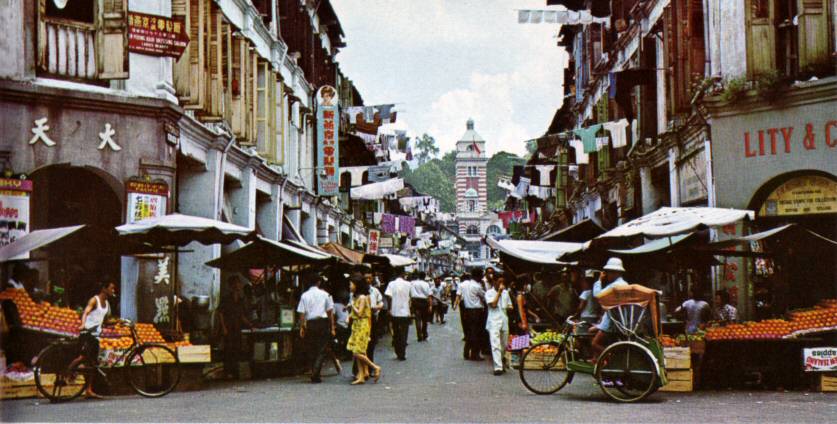 Source: nowhere
Source: nowhere
Stories of war and love and all sorts of interesting tales are littered all over our island disguised as street names. Though vastly different, these stories reflect the diverse nature of Singapore and its inhabitants. Look through this list of street names and learn the histories of streets you pass daily, often without a second look, and think of the rich histories they hide.
Singapore might be 50 this year, but some streets are far older than that. Can you trace your family’s history in any of these 20 streets?
1. Sentosa
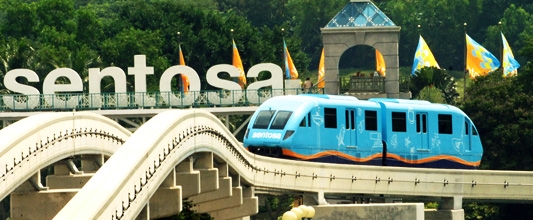 Source: Sentosa
Source: Sentosa
The story: Lovely beach, lovely name. Sentosa means “peace and tranquility”, it’s such a lovely place, isn’t it? Sentosa was actually named in 1972, and prior to that it was known as Pulau Blakang Mati, which means “behind the dead”.
Did you know?: No one really knows why the island was named as such, but here are a few guesses:
Sentosa used to be a pirate den and as such many gruesome murders took place on this island, earning it its scary, unauspicious name.
In the 1840s, a mysterious disease that was later found to be malaria obliterated all the original Buginese settlers here. The many sudden deaths gave birth to the belief that the island was cursed, hence they gave it this fitting name to warn people.
This island is behind Pulau Brani where many warriors are buried, hence the name “behind the dead”.
Pick your favourite.
2. Bugis Street
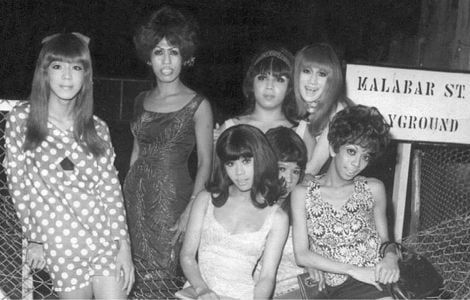 Source: sgWiki
Source: sgWiki
The story: The first settlers in this area were Buginese traders from Indonesia who arrived on our shores in 1820, heralding the start of Bugis-the-shopping-hotspot. They stayed in the Bugis area after depositing their goods to drink and have fun, resulting in the area being eponymously named after them.
Then things got wild.
Between the 1950s and 1980s, Bugis was internationally famous for its transgender parades in the dark hours of the morning. It also had a very, um, interesting tradition named “The Dance of the Flamers” – a tradition in which visiting sailors danced on the roof of a toilet in Bugis street with a flaming piece of cloth up their poopers. I’m not even kidding.
Did you know?: The Buginese divide their people into 5 genders instead of the usual 2; including Bussi, Calabai and Calalai, comparable to modern ideas of bisexuality and homosexuality. It’s intriguing how such a controversial issue today was already accepted into a minority society hundreds of years ago.
3. Ang Mo Kio
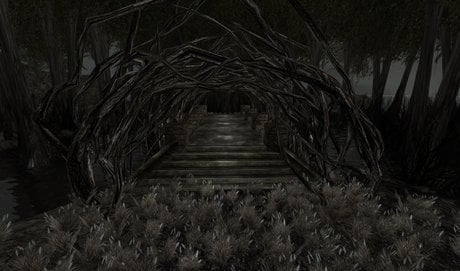 Source: Secondlife
Source: Secondlife
The story: There are many stories behind the naming of Ang Mo Kio, with the most interesting being the story of Lady Jennifer Windsor. In 1923 Lady Windsor’s 3 children were playing in the woods at the Upper Thomson area and were swept away by a sudden gush at a river. Only 2 of 3 bodies were found.
Locals later reported hearing the cries of a little girl, and Lady Windsor decided that it was her duty to stay at the bridge by the river at Peirce Reservoir to keep the spirit of her little girl company. Her constant presence at that bridge caused the locals to end up calling it “ang mo kio”, meaning “ang moh’s bridge”. Freaky, right?
Unfortunately, the more widely accepted (boring) version is that the ang moh in question is actually J.T. Thomson, who built the bridge across Kallang River.
Did you know?: Many people believe that Ang Mo Kio was named after rambutans (“ang mo dan” in Mandarin) or tomatoes (“ang mo kio”, literally translated, means red tomato) that grew rampant in this area, but it was really because of an ang moh.
4. Kay Poh Road
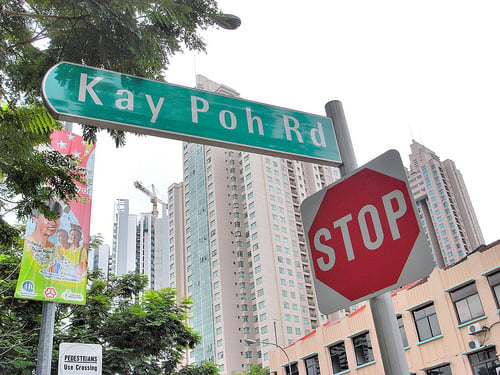 Source: clubsnap
Source: clubsnap
The story: We wanted a funny story, but it’s just named after a guy named Wee Kay Poh.
Did you know?: Kay Poh was probably cooler than you and I will ever be. Apart from having a road named after him, he owned a large opium and liquor farm. A FARM. He must’ve been THE party host.
5. Tanah Merah
The story: This place was named Tanah Merah, meaning red land, all the way back from at least the 15th century because of its red cliffs along the coast that could be seen from sea.
Did you know?: This name is over 500 years old – it was written in a 1604 version of the Singapore map! The sea nomads in the region probably used Tanah Merah as a marker or meeting point to coordinate their activities back then.
6. Albert Street
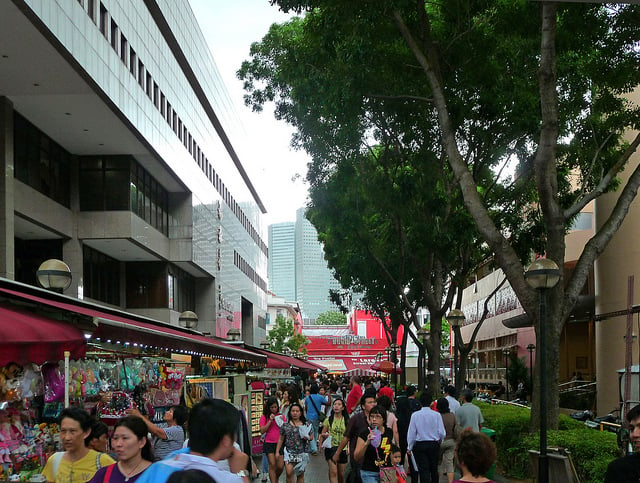 Source: flickr
Source: flickr
The story: Named after Prince Albert, the consort of Queen Victoria of England. Before his death in 1861, Prince Albert played roles in social movements such as the global abolition of slavery and educational reform. While he had no discernable ties to Singapore that we could find, Singapore’s naming of a road after him is a nod to our colonial past, to the fact that Singapore existed before our recognition as a sovereign state.
Did you know?: This place was once known by the Hindus as thimiri thidal or thimeethi thidal, meaning “place where people tread on fire”. And it’s exactly what it sounds like. In the 1800s, the Hindus conducted their fire-walking ceremonies on this very street! These activities continued till the 1870s, when the rituals were shifted to Sri Mariamman Temple in South Bridge Road, a temple that still hosts firewalking rituals!
7. Tank Road
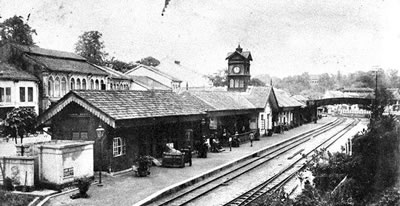 Source: URA
Source: URA
The story: There are two educated guesses as to how Tank Road got its name. The first one is that it was named after an ex-reservoir at the back of Fort Canning where royal concubines used to bathe – where the now-disused River Valley Swimming Complex stands.
The other is that it was named as such because there was a pool dug in front of Fort Canning, which was named “Soldier’s Tank” because it was used by soldiers.
Did you know?: Either way, this road is inextricably linked to some sort of giant tank in which “nobility” used to soak in.
8. Jalan Besar
The story: Its name means “wide road”, which is self-explanatory. It used to be a massive area of open ground and was a popular hunting ground teeming with snipes – a species of wading birds, not snipers.
Did you know?: The smaller street names in Jalan Besar are named after British and French war heroes (Allenby, Kitchener, Maude, etc.)! Which is kinda strange considering there isn’t much of a relation between the two…
9. Rotan Lane
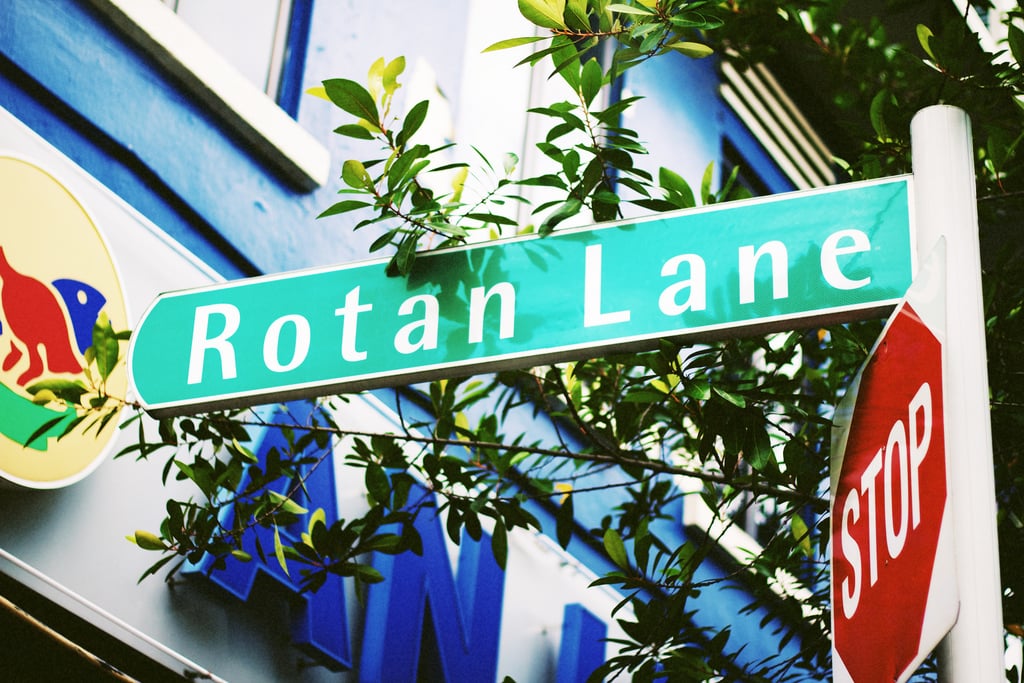 Source: flickr
Source: flickr
The story: There used to be a rotan factory on Chander Street, just adjacent to this lane.
Did you know?: Childhood trauma anyone? This is hands down the scariest street name we have.
10. Middle Road
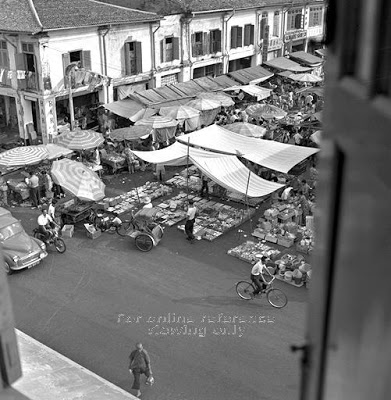 Source: goodmorningyesterday
Source: goodmorningyesterday
The story: Middle Road was a boundary between White and Asian settlements in the 1800s, and we’re guessing that’s why it’s called the middle.
But the more interesting part is all the various people who resided along this road. On one end were a bunch of Japanese who called the place their shitamachi (meaning downtown), similar to how the Chinese had Chinatown. There was a sizeable Japanese population in Singapore until WWII happened.
The other end of the road housed poorer Baghdadi Jews. Many famous businessmen today were raised here, including the late Jacob Ballas.
Did you know?: Even before the Japanese and Jews settled here, this place was central to Singapore’s Hainanese population and as such, was a buzzing F&B hub. This is possibly one of the most culturally and historically rich streets Singapore has!
11. Thomson Road
The story: Named after John Turnbull Thomson, the same JT Thomson as the one from Ang Mo Kio, who laid the road and was instrumental in the development of Singapore’s water supply and distribution systems.
Did you know?: This place was referred to by the Chinese as chia chui kang (fresh water stream) and thanir pilei sadakku (waterpipe street) by the Tamils in reference to the Kallang River that runs by it.
12. Duxton Hill/Road
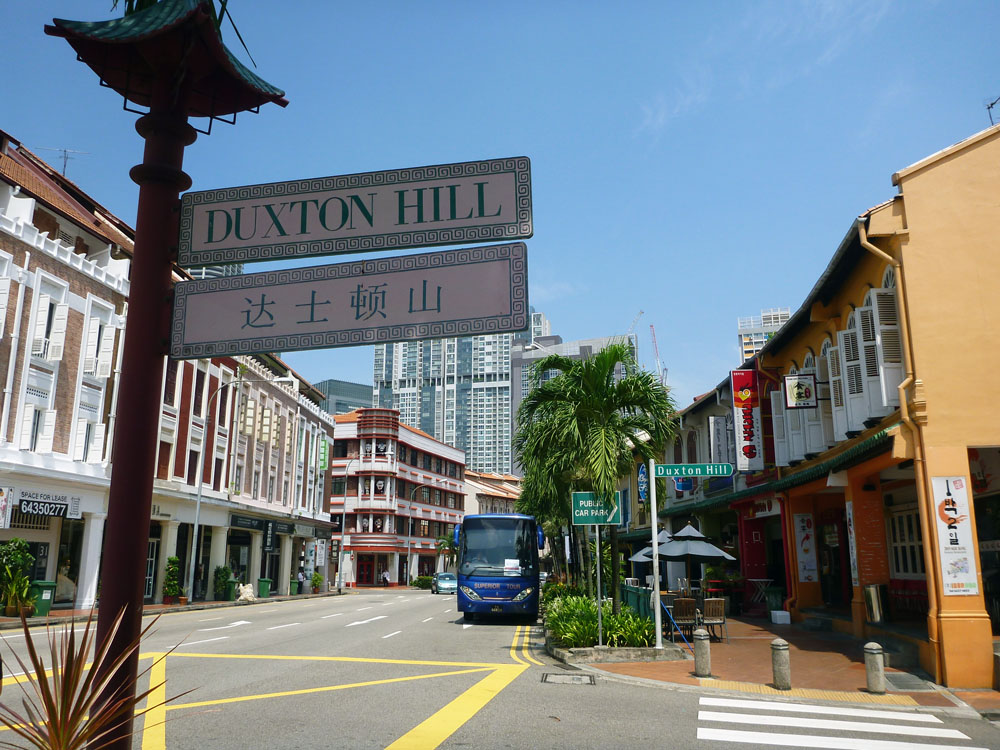 Source: cafecouture
Source: cafecouture
The story: The naming of this area is ambiguous, but our best guess is that it was named after Duxton House, a house built by J. William Montgomerie.
This place used to be notorious through the 1800s to early 1900s, and it’s not hard to see why. It housed many opium dens, gambling dens and criminals. There were also many fights among the plentiful rickshaw drivers here because they all had strong ties with their clans. When they clashed, everyone got involved.
Did you know?: At the time, white people inhabited the north and ethnics inhabited the south. Yet, although Duxton Hill is on the south of the Singapore River, it was occupied by a white man. J. William Montgomerie was a hipster before being hipster was cool.
13. Siglap
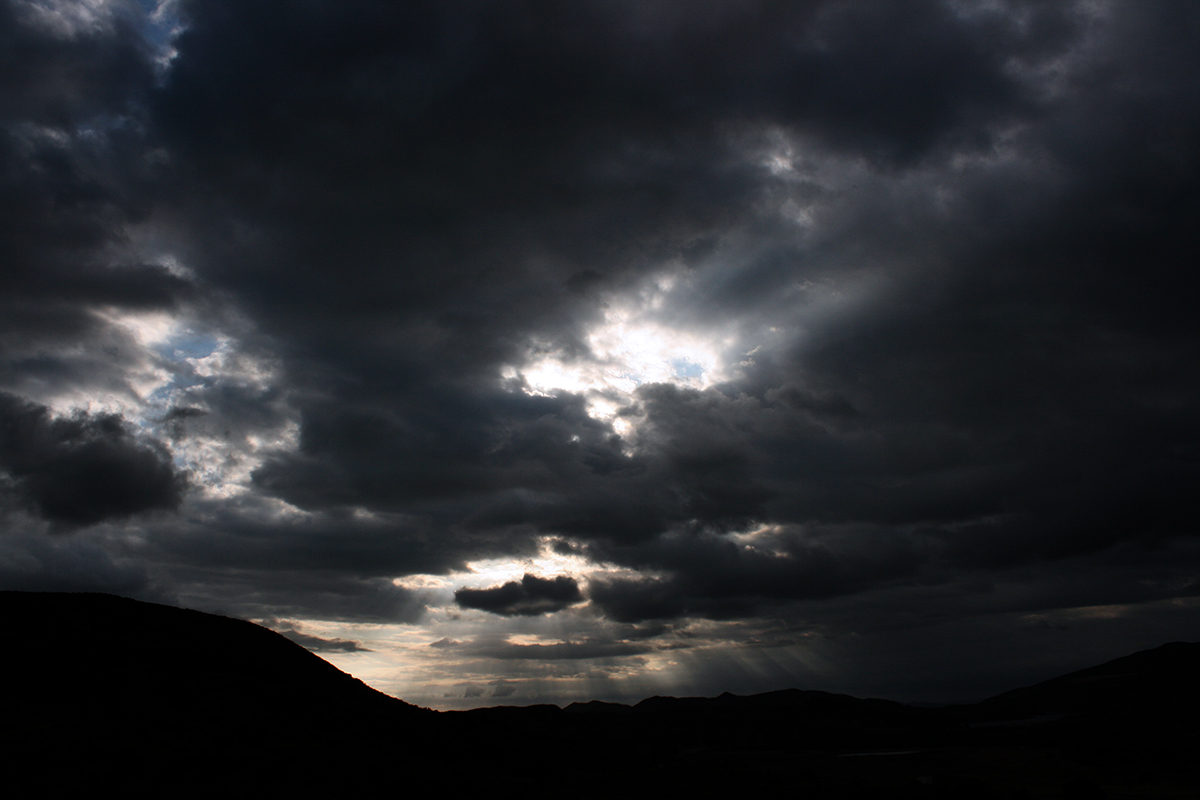 Source: Wallalay
Source: Wallalay
The story: It’s said that when a Malay chief landed here, darkness congealed in the sky and a crazy thunderstorm took place, so he decided to name this place ‘siglap’, which is a corruption of the Malay word ‘gelap’, which means ‘darkness that conceals’.
Did you know?: It really was a dark place; records show that in about 1845, there was a full village of pirates living here!
14. Adam Park/Road
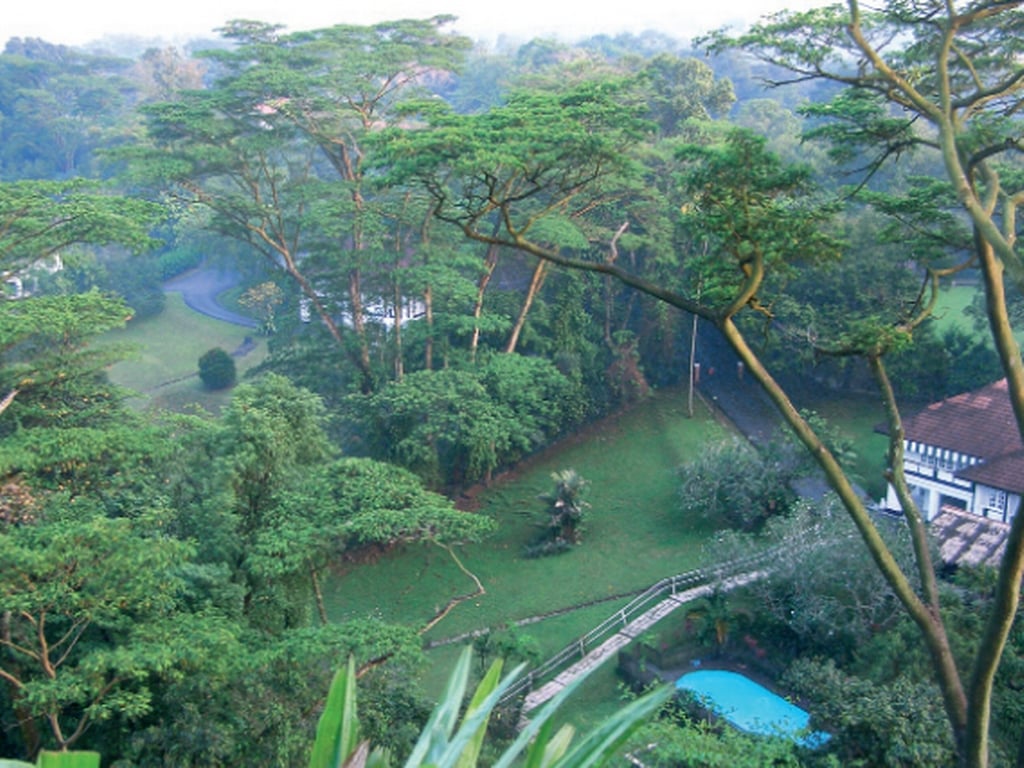 Source: expatliving
Source: expatliving
The story: It was named after Frank Adam in 1922, who was a managing director at a tin smelting company and president of the St Andrew’s Society for over 5 years.
Did you know?: In February 1942, a fierce 3-day fight took place at the site of Adam Park. Despite the intense fighting that happened here, Adam Park is the only battlefield that has emerged from the dark WWII days largely untouched by the war.
15. Short Street
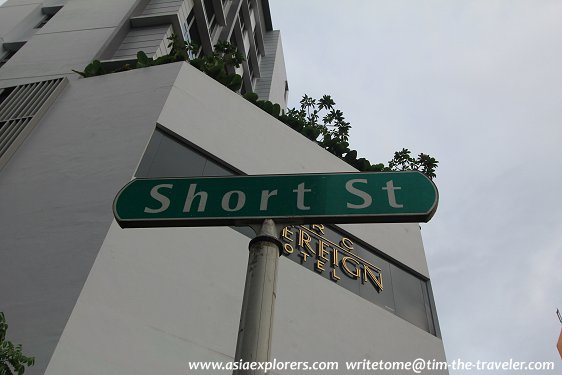 Source: asiaexplorers
Source: asiaexplorers
The story: The naming of this street was a very creative process; it is a short street. It’s only 350m long!
Did you know?: Unfortunately, this isn’t the shortest street on our little island – Finlayson Green is the the shortest road in Singapore at approximately 80m long.
16. Sengkang
The story: The site of the current residential area was once a fishing port, and was also filled with prosperous rubber, pineapple and pepper plantations. Chances are that it was given its name because it was such a prosperous harbour (Sengkang literally means prosperous harbour in Mandarin).
Did you know?: Wanna know what’s cute? Themed roads.
Sengkang has a web of marine themed roads (Anchorvale, Compassvale, Rivervale) and plantation themed roads (fernvale, palmville etc.).
17. Club Street
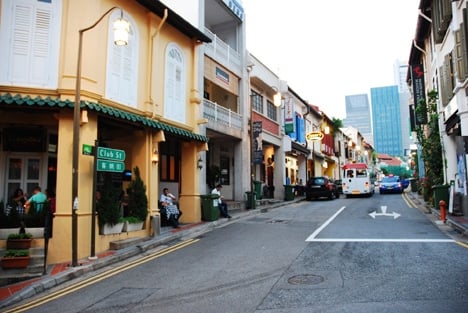 Source: MangoVine
Source: MangoVine
The story: There used to be many prominent Chinese clubs in this area, and this was the place where rich businessmen hung out to relax. There isn’t a consensus as to which of the many clubs conferred the name Club Street onto the street, but it was probably a good combination of all of them that made this place so popular.
Did you know?: Although this place was situated in a predominantly Chinese area, there was a famous community club for the Bawaean Malay community here – Pondok Peranakan Gelam Club. This was evidently a fun place where work was forgotten. Even today, this street is full of great places to unwind after a long day.
18. Novena
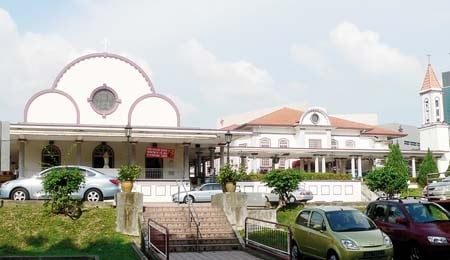 Source: veritas
Source: veritas
The story: Contrary to conventional belief, Novena is named after the immensely popular Novena Church (proper name: The Church of Saint Alphonsus) and not the other way around. Novena Church, in turn, is named after its services held every Saturday which are called Novena Services, which were so popular that even non-Catholics attended them.
Did you know?: Novena was named after a church, but Church Street was named after a man named Thomas Church, a resident councilor in Singapore from 1837-1856. How odd.
19. Mount Pleasant
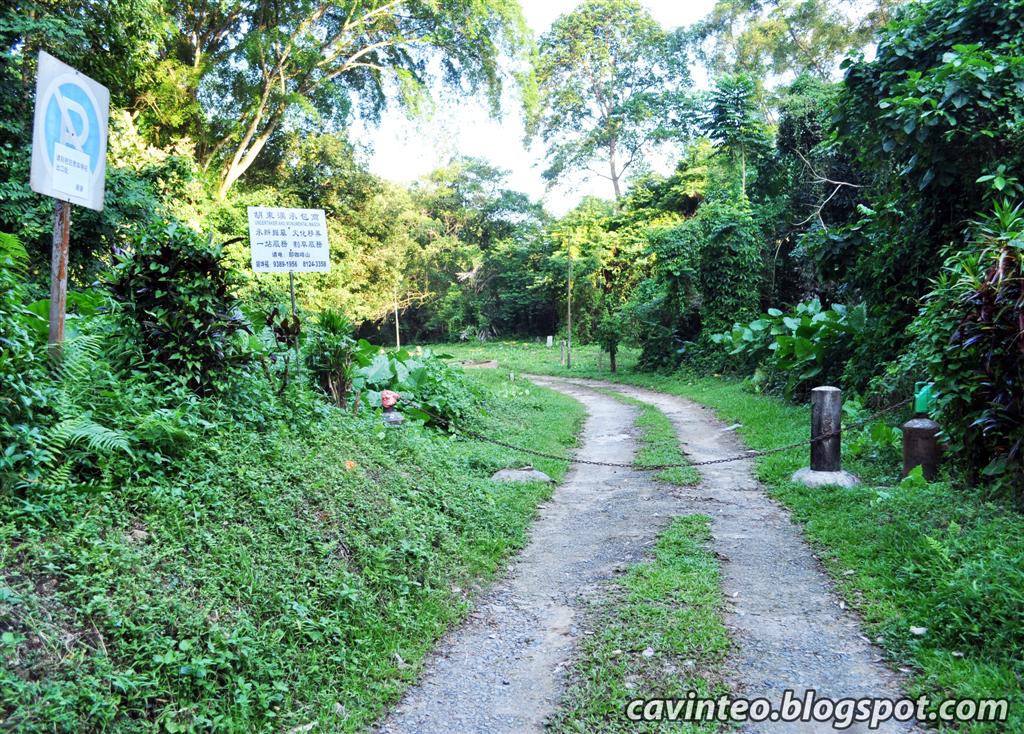 Source: Cavin Teo
Source: Cavin Teo
The story: It was owned by George Henry Brown in the mid 1800s, and he named it Mount Pleasant because he found it to be a pleasant hill. He tried to grow nutmeg and coffee here but failed on both occasions. Guess it wasn’t so pleasant after all.
Did you know?: That’s not the only unpleasant thing about Mount Pleasant. Its name may be pleasant, but it certainly isn’t.
There are crazy rumours that this place is extremely haunted, and these stem from the Sook Ching massacre where the Japanese killed close to 50,000 Chinese who they established to be anti-Japanese. And as if that wasn’t enough, this was also the place that housed comfort women, essentially forced sex slaves to the Japanese soldiers. Talk about a bad history.
20. Orchard Road/Street
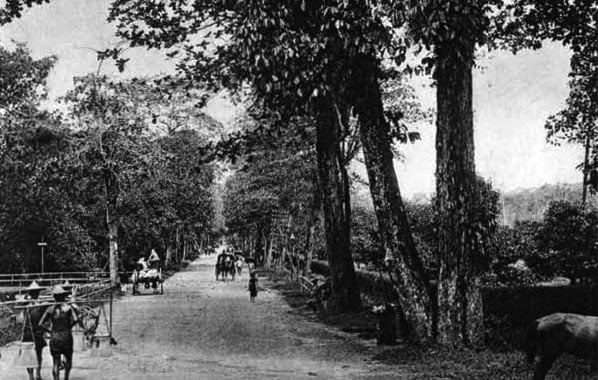 Source: Wikipedia
Source: Wikipedia
The story: This area used to flourish with nutmeg plantations and fruit orchards. A common sighting in the mid 1800s was a Mr Orchard tending his garden which was near the intersection between Scotts and Orchard Roads, entrenching Orchard Road as the name of the road.
Did you know?: Apart from orchard gardens, this area used to be littered with cemeteries. The whole of Dhoby Ghaut was once a Jewish cemetery, and there were many Chinese cemeteries on the land where a few established hotels now stand.
In fact, most places in Singapore were, at some point in time, dotted with burial grounds. Famously, Bishan and Tiong Bahru were, since even their names literally translate into “cemetery” or “burial ground”.
Have a favourite street?
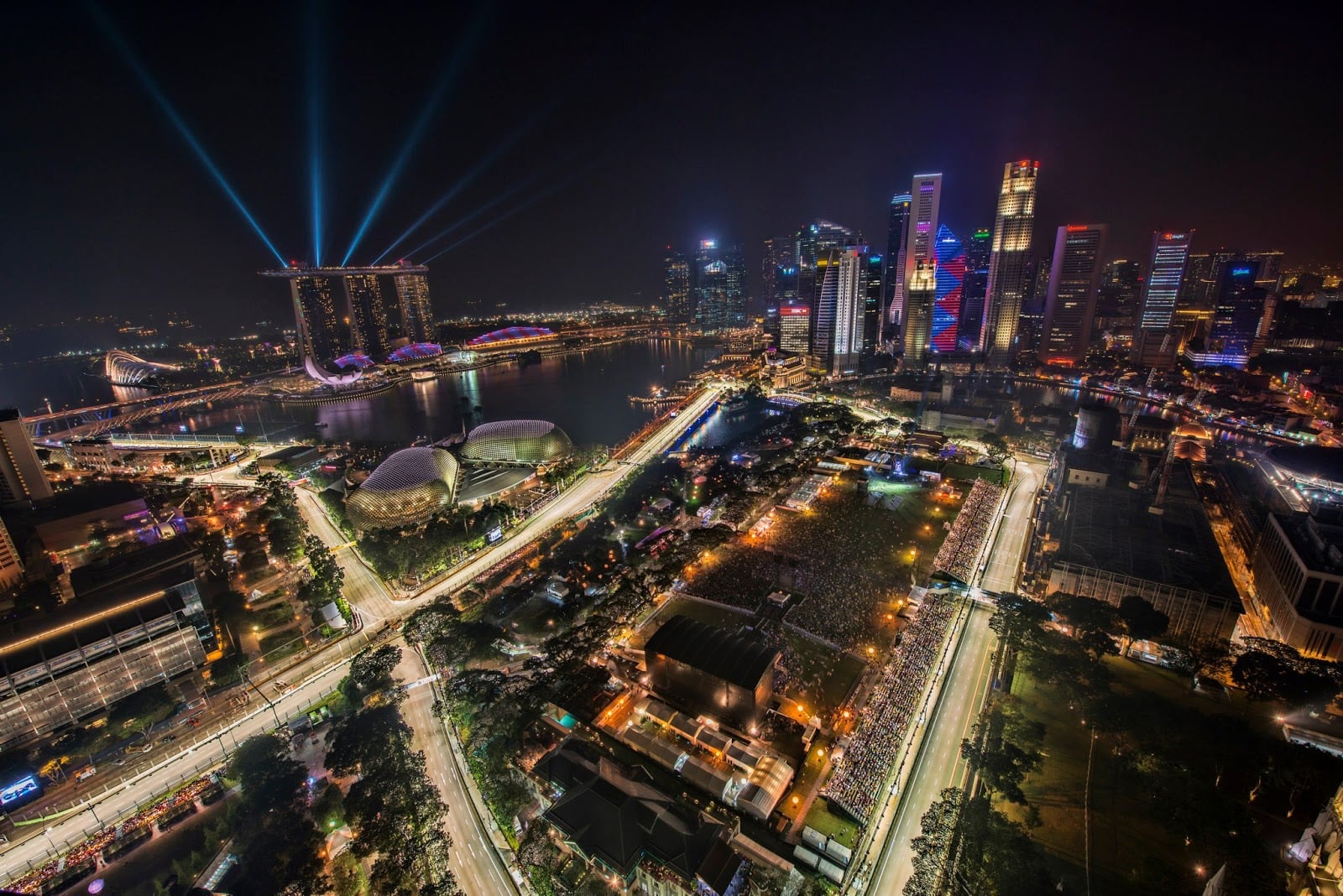 Source: wikimedia
Source: wikimedia
From lazy names to streets bursting with flavour and culture, seems like our little red dot has it all. Even this limited list resembles rojak in story form. If you know any more interesting stories behind Singapore’s street names, do add to the discussion and leave them in the comments below!
Happy #SG50 Singapore!
I can read minds. You will also like:
|
|

